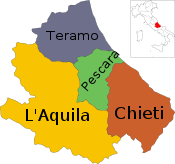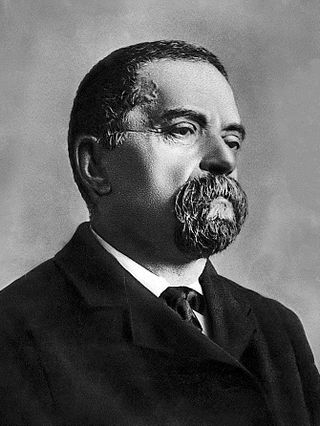
Giovanni Virginio Schiaparelli was an Italian astronomer and science historian.
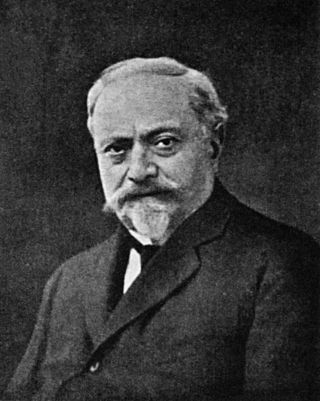
Vincenzo Cerulli was an Italian astronomer and founder of the Collurania-Teramo Observatory in Teramo, central Italy, where he was born.

Antigone is a large main-belt asteroid. Radar observations indicate that it is composed of almost pure nickel-iron. It and other similar asteroids probably originate from the core of a shattered Vesta-like planetesimal which had a differentiated interior. It was discovered by German-American astronomer C. H. F. Peters on February 5, 1873, and named after Antigone, the Theban princess in Greek mythology.

The San Vittore Observatory is an astronomical observatory in Bologna, Italy. In the years from 1975 to 1981 the San Vittore Observatory (Bologna) Italy participated to the International Planetary Patrol Program.Following it has made numerous asteroid discoveries during 1980–2000.
Vincenzo Zappalà is an Italian astronomer and discoverer of several main-belt asteroids.
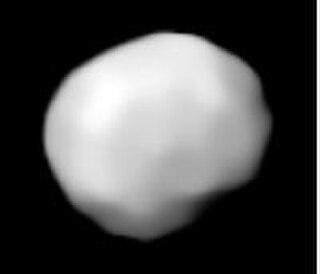
704 Interamnia is a large F-type asteroid. With a mean diameter of around 330 kilometres, it is the fifth-largest asteroid, after Ceres, Vesta, Pallas and Hygiea. Its mean distance from the Sun is 3.067 AU. It was discovered on 2 October 1910 by Vincenzo Cerulli, and named after the Latin name for Teramo, Italy, where Cerulli worked. Its mass is probably between fifth and tenth highest in the asteroid belt, with a mass estimated to be 1.2% of the mass of the entire asteroid belt. Observations by the Very Large Telescope's SPHERE imager in 2017–2019, combined with occultation results, indicate that the shape of Interamnia may be consistent with hydrostatic equilibrium for a body of its density with a rotational period of 7.6 hours. This suggests that Interamnia may have formed as an equilibrium body, and that impacts changed its rotational period after it fully solidified.
The Santa Lucia Stroncone Astronomical Observatory is an astronomical observatory located at 350 metres (1,150 ft) altitude in Stroncone, near the city of Terni, in Umbria, north central Italy.
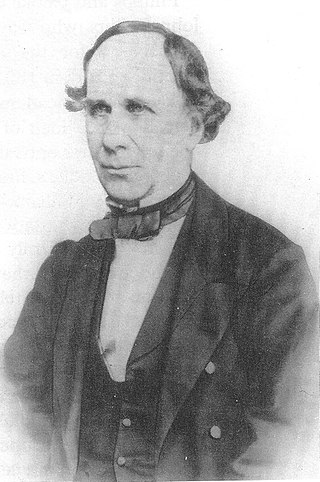
Thomas Cooke was a British scientific instrument maker based in York. He founded T. Cooke & Sons, the scientific instrument company.
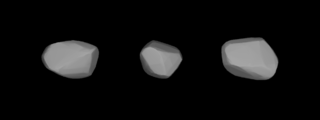
Amherstia was the 8th asteroid discovered by Raymond Smith Dugan, and was named after Amherst College, his alma mater. Amherstia is a large M-type main belt asteroid, with an estimated diameter of 73 km. It follows an eccentric orbit between Jupiter and Mars, with an orbital period of 4.39 years. The orbital plane is inclined at an angle of 13° to the ecliptic.

Vincentina is a fairly large main belt asteroid.

Teramo is a city and comune in the Italian region of Abruzzo, the capital of the province of Teramo.

Bettina is a large main belt asteroid that was discovered by Austrian astronomer Johann Palisa on September 3, 1885, in Vienna. It was named in honour of Baroness Bettina von Rothschild, wife of Baron Albert von Rothschild who had bought the naming rights for £50. Based upon the spectrum, it is classified as an M-type asteroid.

The Pistoia Mountains Astronomical Observatory, also known as the San Marcello Observatory and the Pian dei Termini Observatory, is an astronomical observatory in San Marcello Piteglio, Tuscany, central Italy.

Campli is a town and comune in the province of Teramo, in the Abruzzo region of central Italy. It is located in the natural park known as the Gran Sasso e Monti della Laga National Park. It is one of I Borghi più belli d'Italia.

The National Institute for Astrophysics is an Italian research institute in astronomy and astrophysics, founded in 1999. INAF funds and operates twenty separate research facilities, which in turn employ scientists, engineers and technical staff. The research they perform covers most areas of astronomy, ranging from planetary science to cosmology.
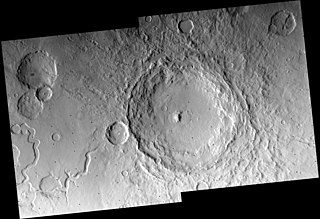
Cerulli is a crater in the Ismenius Lacus quadrangle on Mars with a diameter of 130 km. It lies in the northern hemisphere south of the very large crater Lyot. It is named after Vincenzo Cerulli, an Italian astronomer (1859–1927).
Vincenzo Vivarini is an Italian professional football coach. He is in charge of Serie B club Catanzaro.
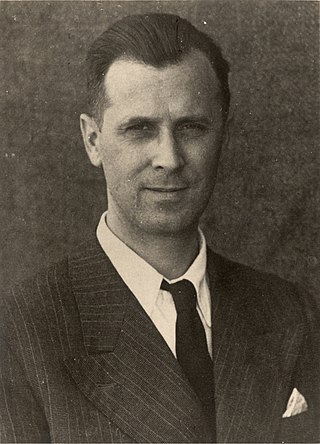
Attilio Colacevich was an Italian astronomer.

Federigo, Vincenzo Antonio, Ludovico Zuccari was an Italian astronomer, professor of Astronomy at the Naples University, professor of Mathematical Geography at the Military Academy of Naples and director of the Astronomical Observatory of Naples.


















